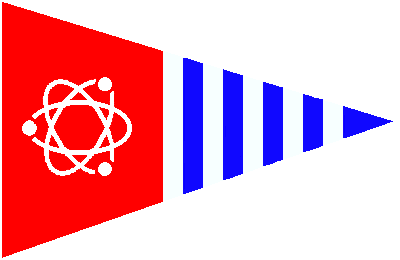 |
 |
 |
 |
Building on the basics taught in the USPS Basic Boating Course, Seamanship is the recommended first course for new members, both powerboaters and sailors. The student learns practical marlinespike, navigation rules, hull design and performance, responsibilities of the skipper, boat care, operating a boat under normal and abnormal conditions, what to do in various emergencies and weather conditions, nautical customs and common courtesy on the water. This course provides a needed introduction to the USPS educational program and a strong foundation for the member going on to take other Advanced Grades courses and/or Cruise Planning or Sail. USPS® Advanced Grades Program
Seamanship >
Piloting is the first of a two-part program of study of inland and coastal navigation. Focus is on the fundamentals of basic piloting -- keeping track of your movements on the water, determining where you are at any given moment, and laying out a course to your planned destination. Included are a thorough study of charts and their use, aids to navigation, marinerís compass, variation and deviation, bearings, dead reckoning, and developing skill at plotting and labeling.
Piloting
The second part of the study of inland and coastal navigation, with strong emphasis on the latter is Advanced Piloting . The student learns many more advanced positioning techniques and is introduced to the phenomena of tides and tidal currents and their impact on piloting. Also covered are the simple use of the marine sextant and various modern electronic navigation systems for positioning and course planning.
Advanced Piloting
Junior Navigator is the first of a two-part program of study in offshore (open ocean) navigation. It is designed as a practical, how to course leaving the theoretical and more advanced techniques for the Navigation course. The subject matter includes: the basic concepts of celestial navigation; how to use the marinerís sextant to take sights of the sun, moon, planets, and stars; the importance and techniques of accurate time determination; use of the nautical almanac; how to reduce sights to establish lines of positions (LOPs); and , the use of special charts, plotting sheets, and other navigation data for offshore positions and passage planning.
Junior Navigator
This is the second part of the study of offshore navigation. It further develops the studentís understanding of celestial navigation theory, essential to shortcut emergency methods. The student is introduced to additional sight reduction techniques and develops greater skill and precision in sight taking, positioning, and the orderly methods of carrying on the dayís work of a navigator at sea. Of particular interest and importance is the study of offshore navigation using minimal data and/or equipment, such as when on a disabled vessel or lifeboat.
Navigator
Please send comments to the webmaster: Bob PotterThe information presented here does not represent the official view of the USPS. It is information from and for use by members of the DuPage Power Squadron, other USPS squadrons and all recreational boaters."USPS®", "United States Power Squadrons®" and the USPS ensign are registered trademarks of United States Power Squadrons, Inc.